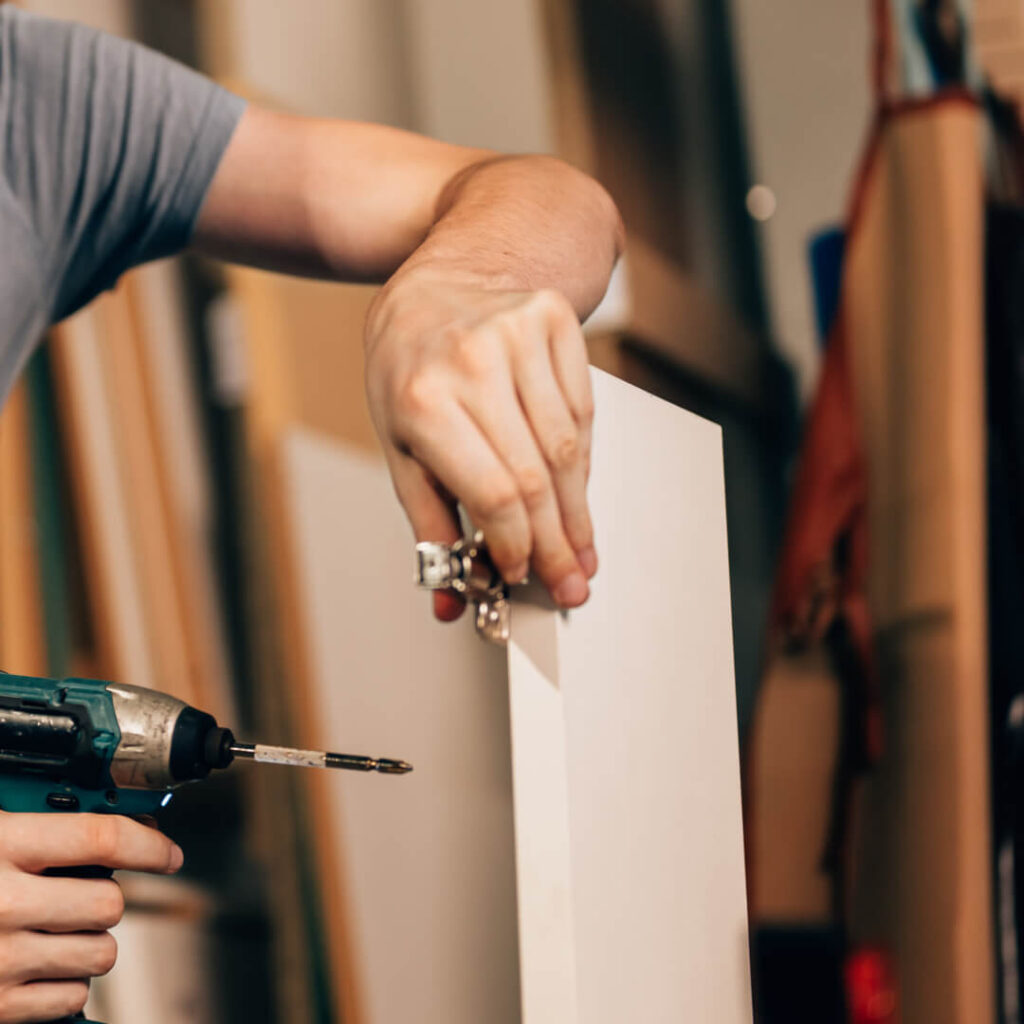
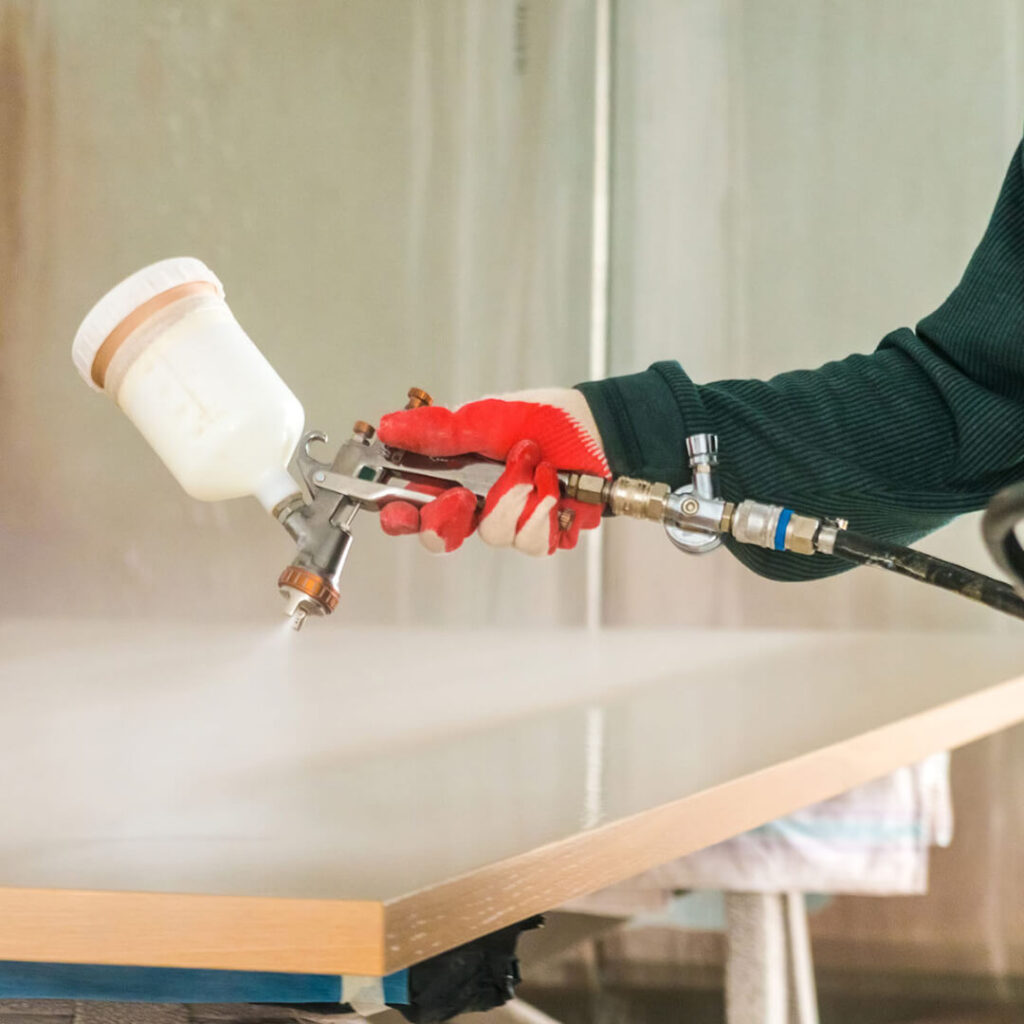
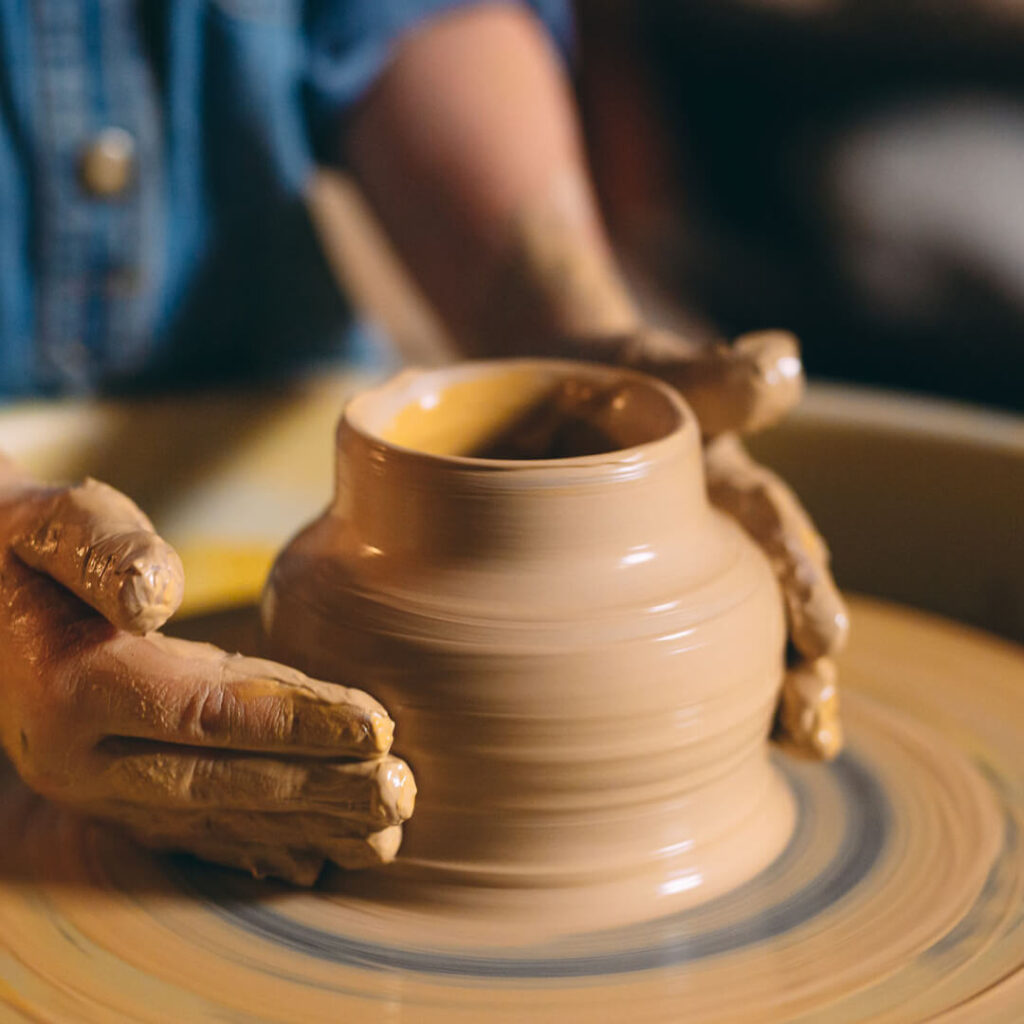
Developing
Discover our curated collection of blog posts on developing awe-inspiring home furniture and decor products. Our posts offer valuable insights, tips, and recommendations to help you create exceptional products that stand out in the market.
Search Our Blogs:
Blogs – Developing
-
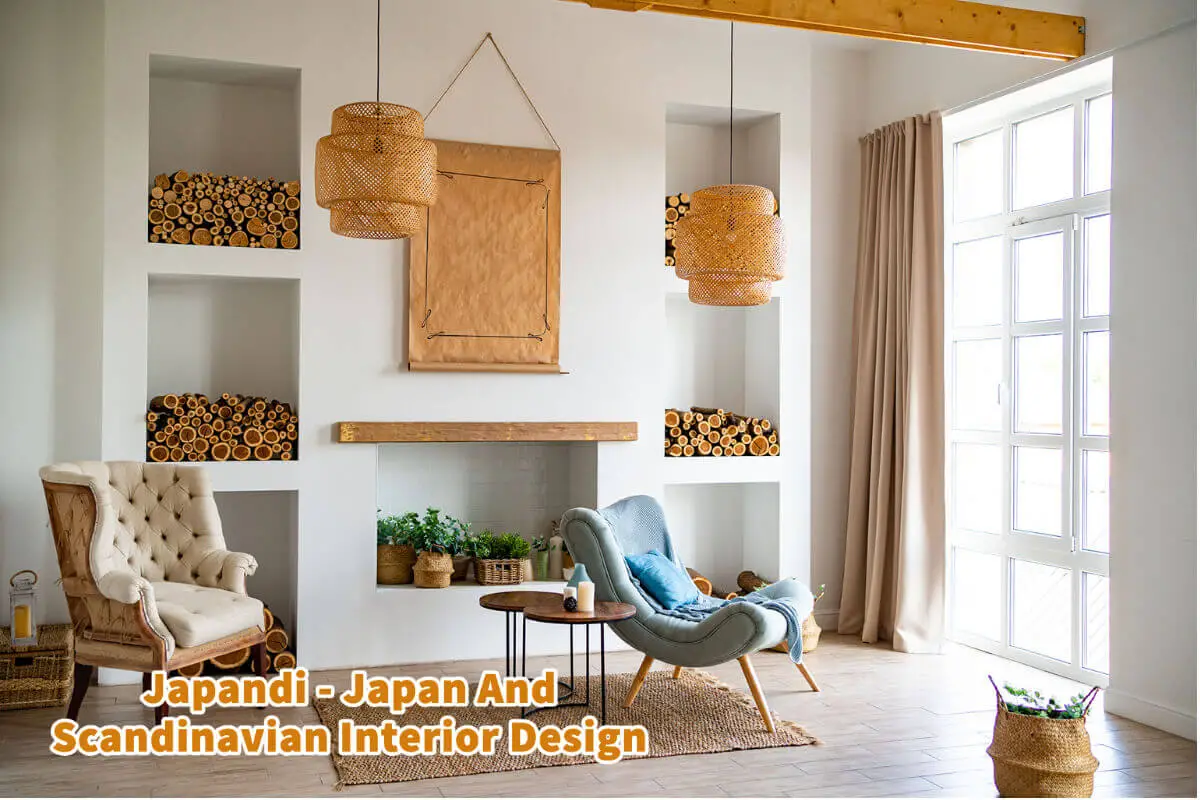
Japandi – Japan And Scandinavian Interior Design
Japandi is a trend in home interior design that perfectly merges Japanese and Scandinavian designs. It combines Japanese and Scandinavian designs into one home decor trend. The Japandi trend merges two significant design trends: the Japanese Wabi-Sabi style and the Danish Hygge style. Both of these styles are much more than just an interior design…
-
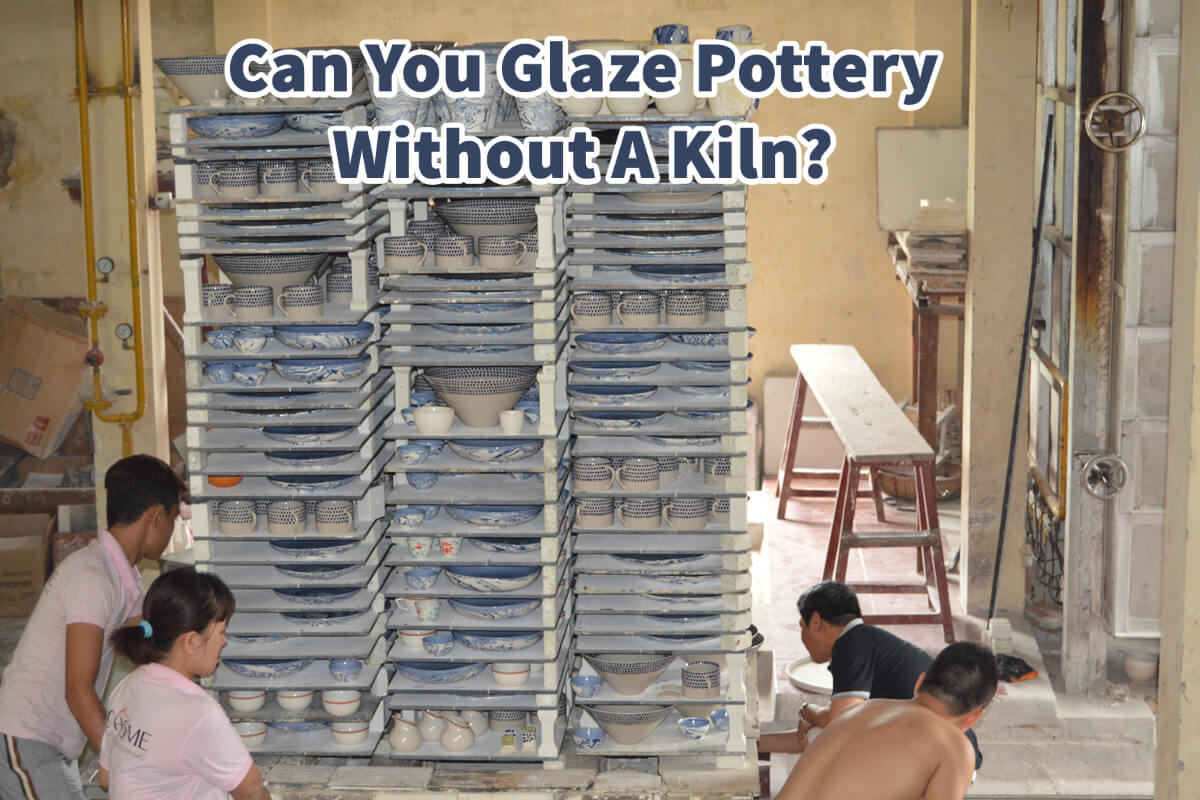
Can You Glaze Pottery Without A Kiln?
To start manufacturing or making pottery, you may want to know if you can glaze or fire pottery without a kiln. Glazed pottery, stoneware, ceramics, and porcelain must be fired at high temperatures. You need to have a kiln to fire them at these high temperatures. There are several kilns, but the main kilns are…
-
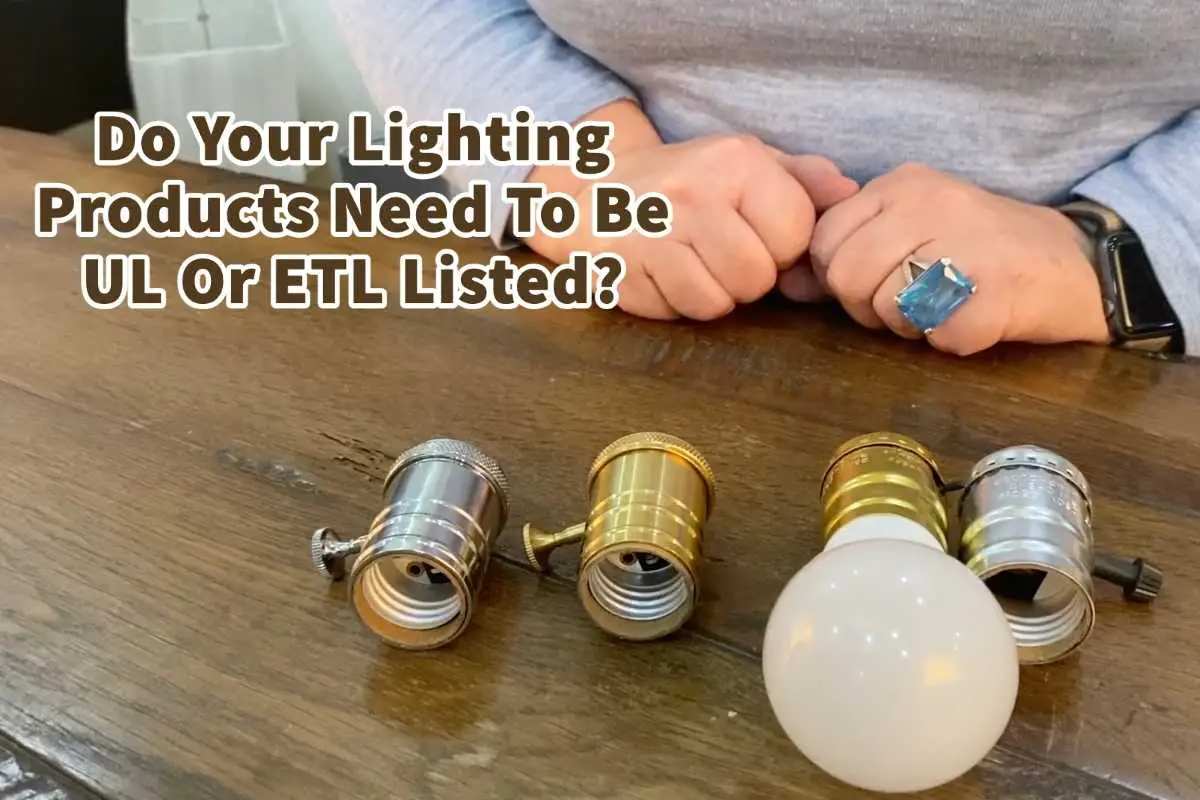
Do Your Lighting Products Need To Be UL Or ETL Listed?
Having a UL or ETL-listed light product can be very important for your lamps and lighting. You can quickly tell if the product you purchase is the UL or ETL mark by seeing the product’s UL or ETL sticker or mark. Products sold or imported into the United States or Canada should have a UL…
-
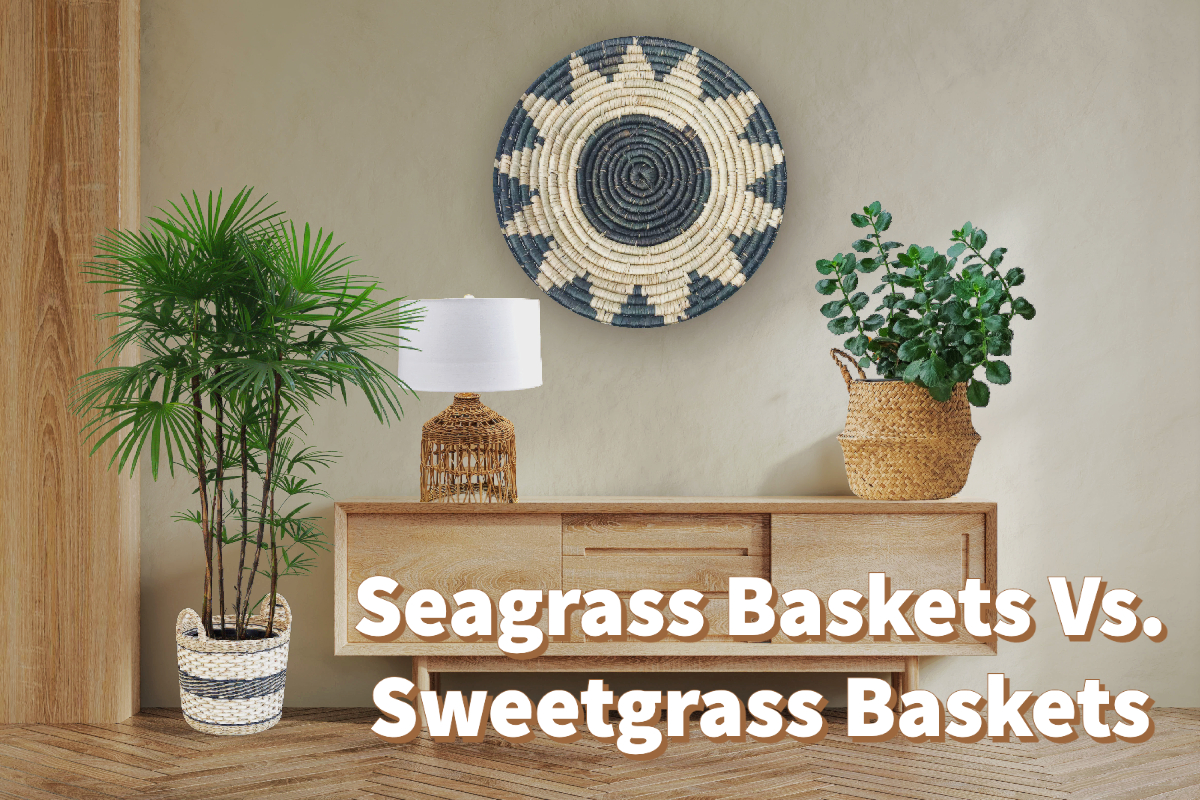
Seagrass Baskets Vs. Sweetgrass Baskets
Sweetgrass and Seagrass baskets are sometimes used interchangeably, but they are not the same materials. Sweetgrass and seagrass are very different materials for weaving the baskets. Sweetgrass is a grass growing above the ground and is native to North America and Eurasia; the material is dried to be woven into baskets. Seagrass is a marine…
-
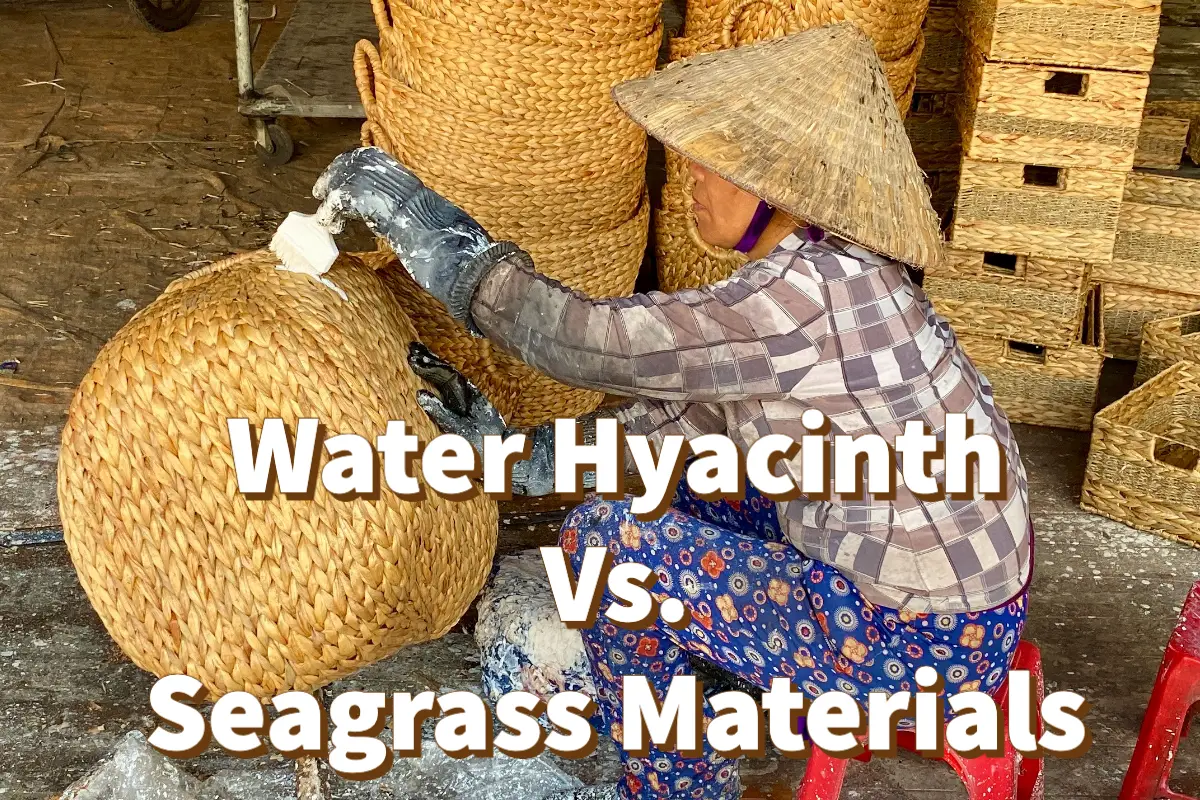
Water Hyacinth Vs. Seagrass Materials
Water Hyacinth and Seagrass are two materials that can sometimes get confused as they are used to weave baskets and other home decor products. Water hyacinth and Seagrass materials are two materials that the handweavers in Vietnam used to hand-weave home decor products, including baskets. Seagrass is a material that grows completely underwater in salty,…
-
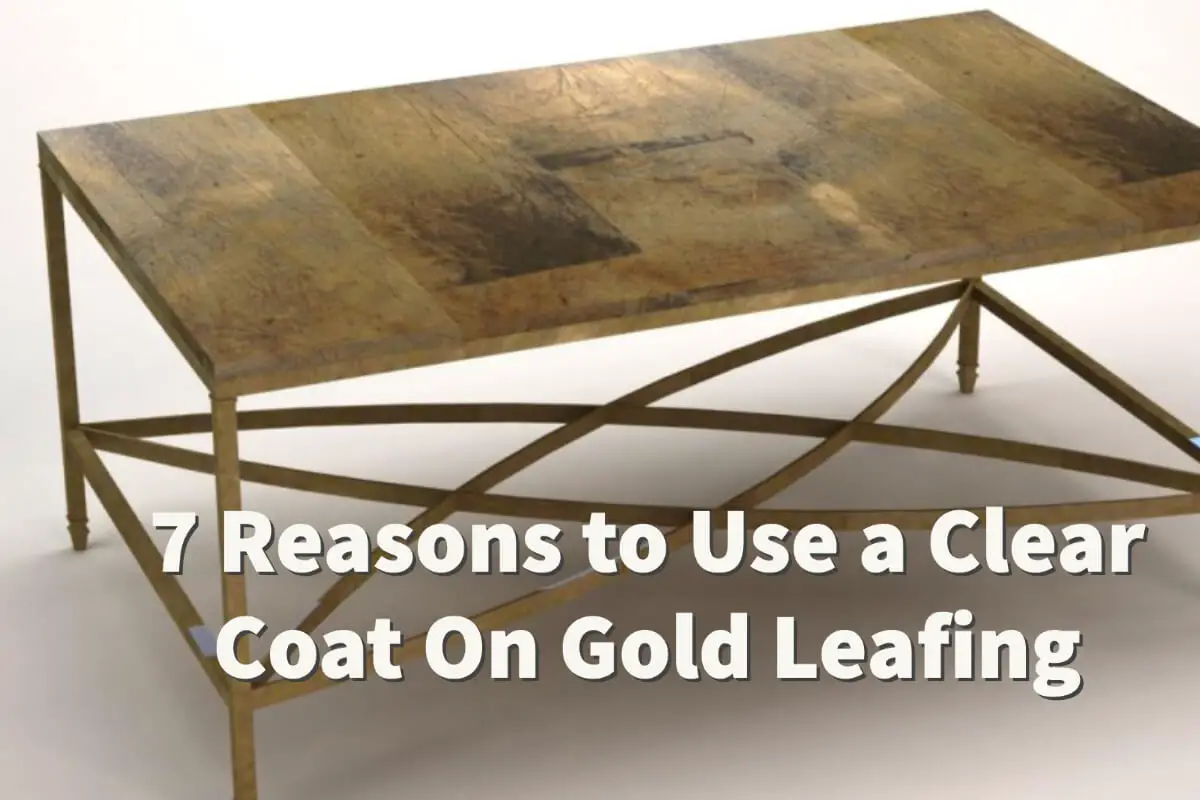
7 Reasons To Use A Clear Coat On Gold Leaf
When working with gold leaf, many people ask if they should put a clear coat on it or leave it without a clear coat. We use gold leafing in our manufacturing, and we always put a clear coat on our gold leaf. The gold leaf material is very fragile, so a clear coat will help…
-
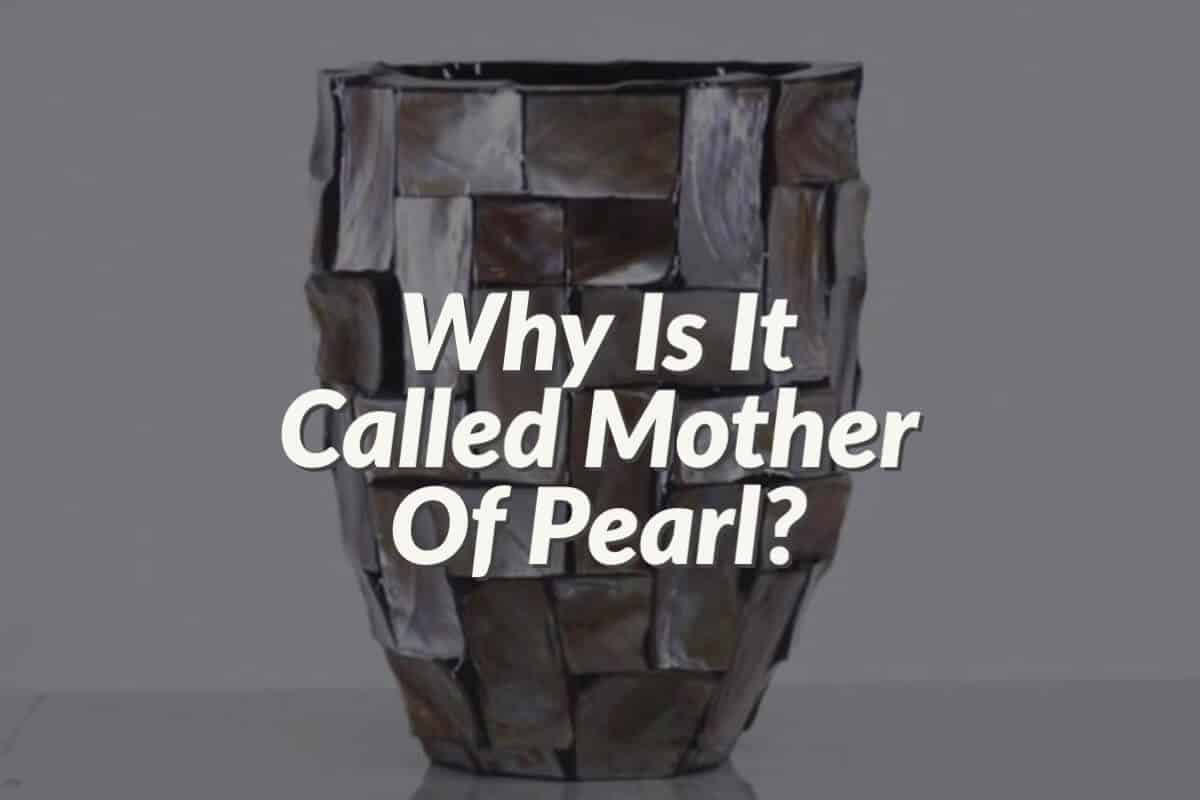
Why Is It Called Mother Of Pearl? Pearls and Mother of Pearls
Many people have wondered why its name is called Mother of Pearl. What exactly does it mean? The name mother used in Mother of Pearl is thought to come from a nearly obsolete meaning of mother, which means “scrum, drugs, or leftover fifth.” This would be because the Mother of Pearl comes from the leftover…
-
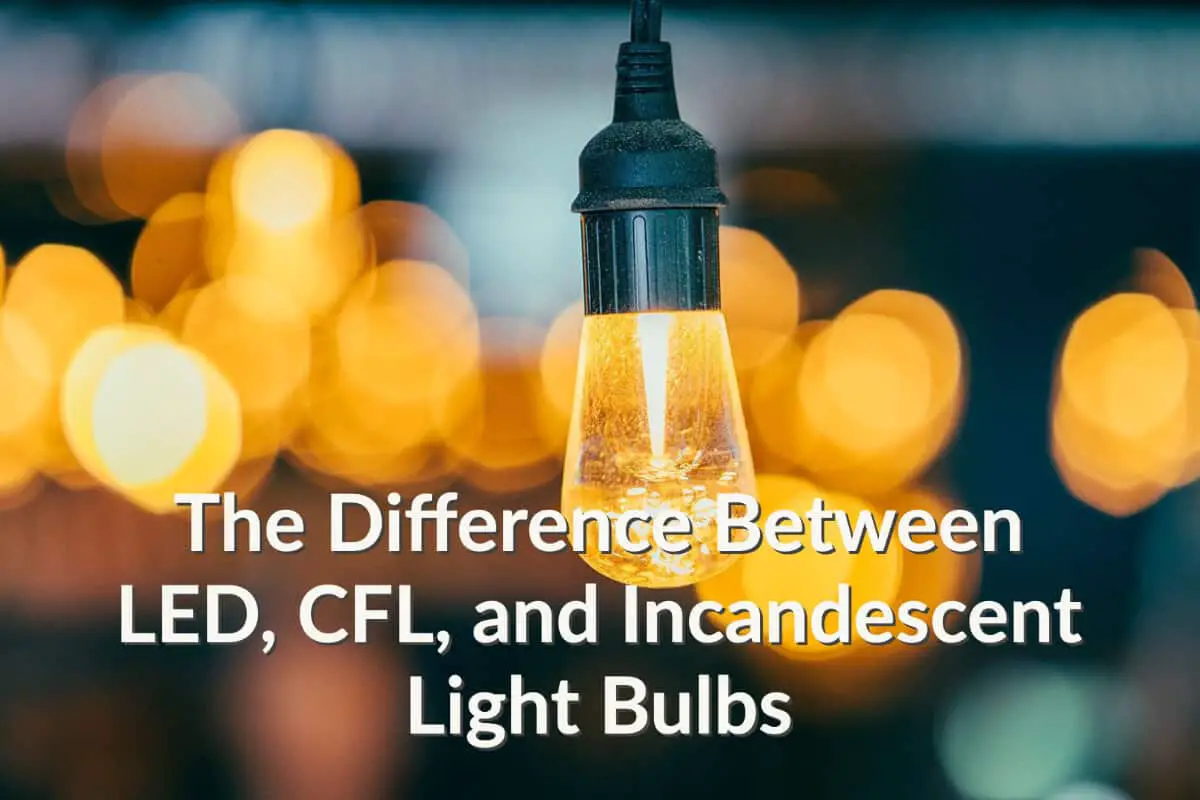
What Is The Difference Between LED, CFL, and Incandescent Light Bulbs?
There can be a little bit of confusion between what the difference is between an LED or incandescent bulb and which light bulb is the most energy-efficient one to use. Incandescent light bulbs are the light bulbs that most of us call standard lightbulbs or the lightbulbs Edison invented. CFL is also known as a…
-
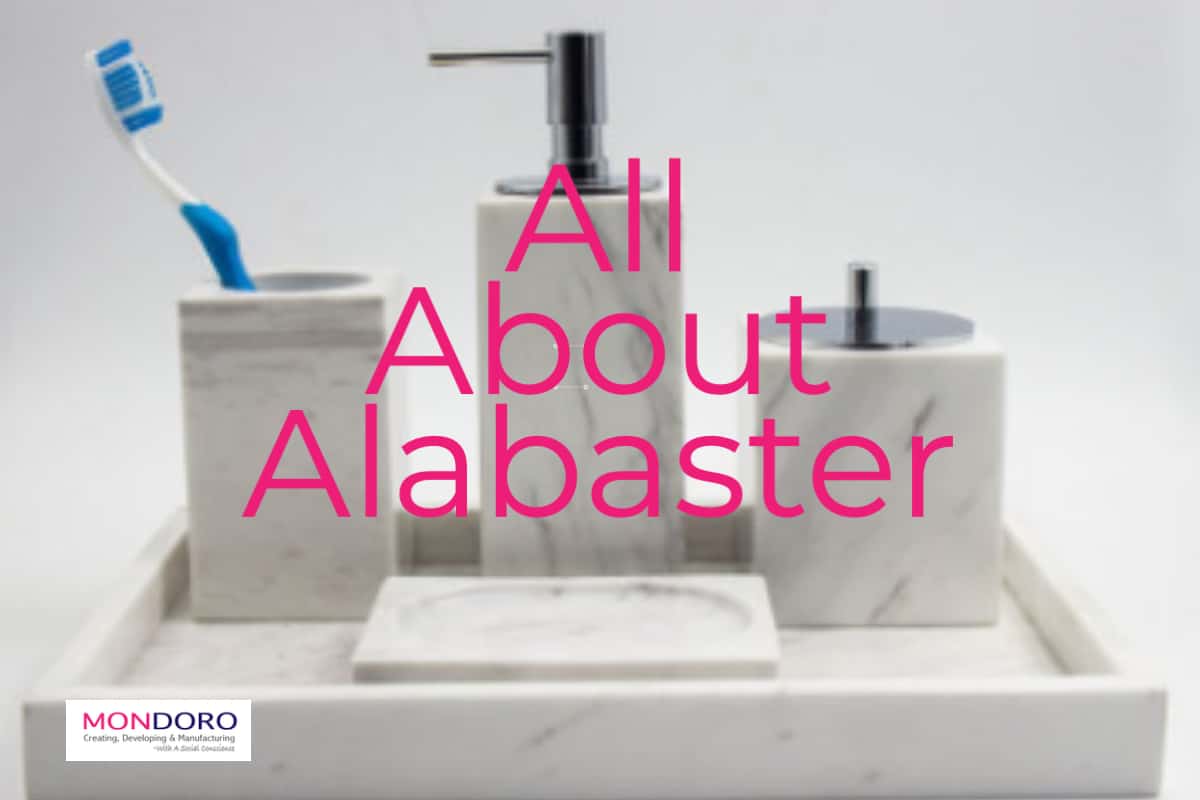
What Is Alabaster? Alabaster For Home Decor Product Development
Alabaster continues to be an important material for home decor product development. One reason is that it is such a beautiful natural material. Alabaster is a medium-hard gypsum or calcite mineral with a fine uniformed grain, usually white and translucent. When Alabaster is put up to the light, you can see the stone’s small, fine,…

